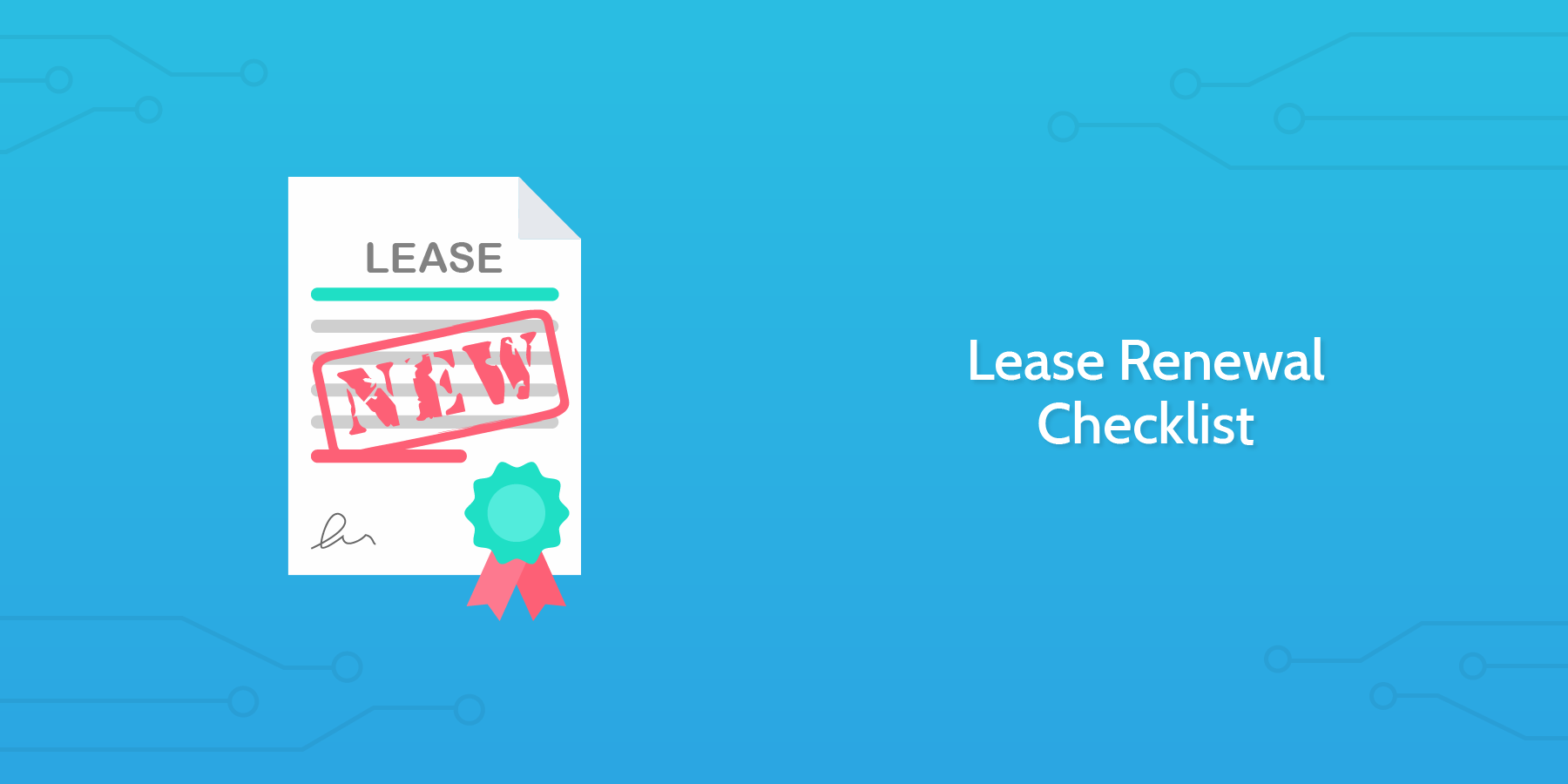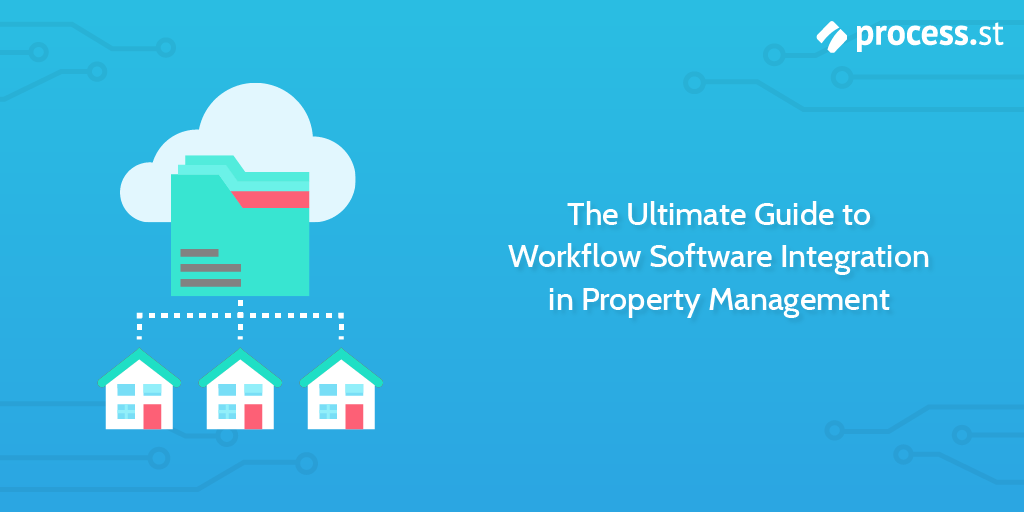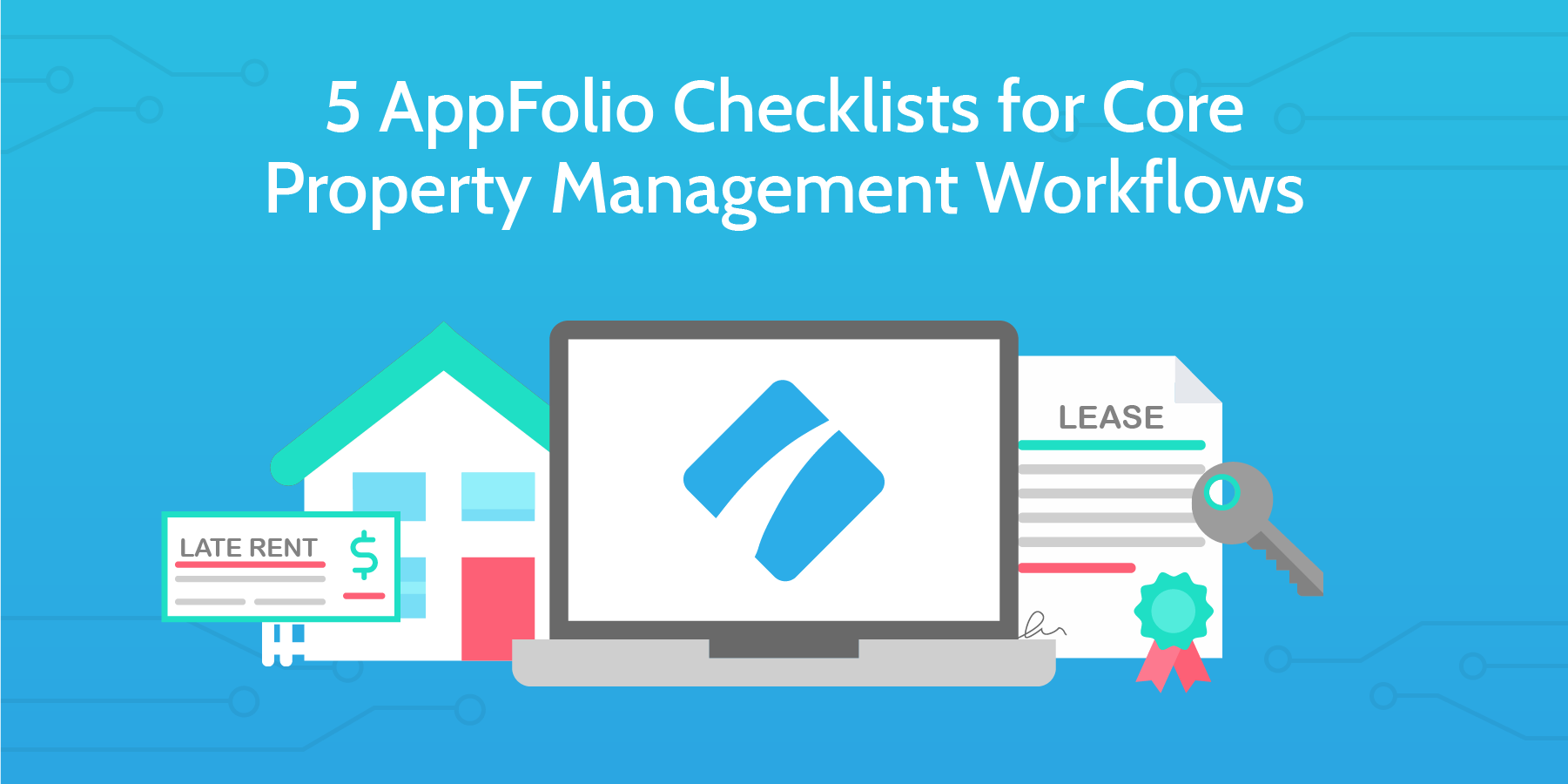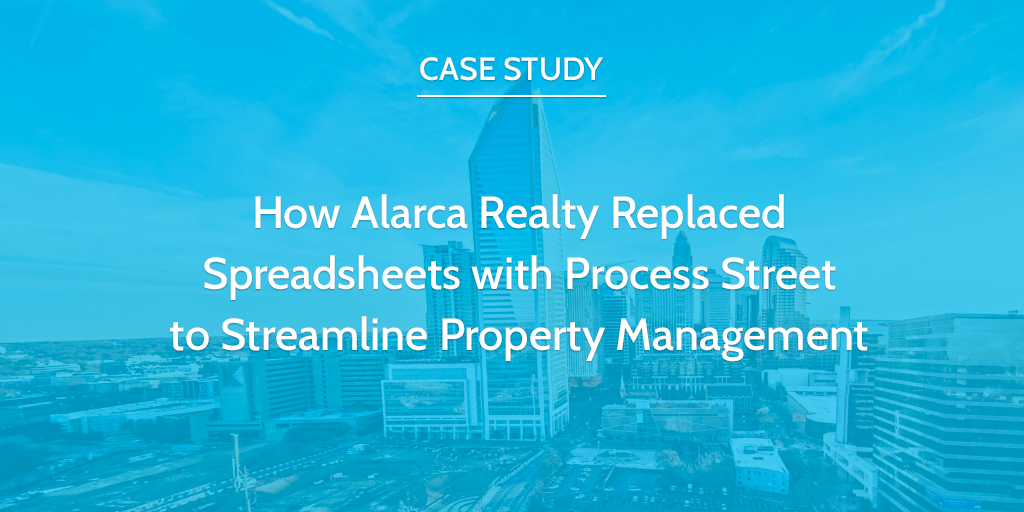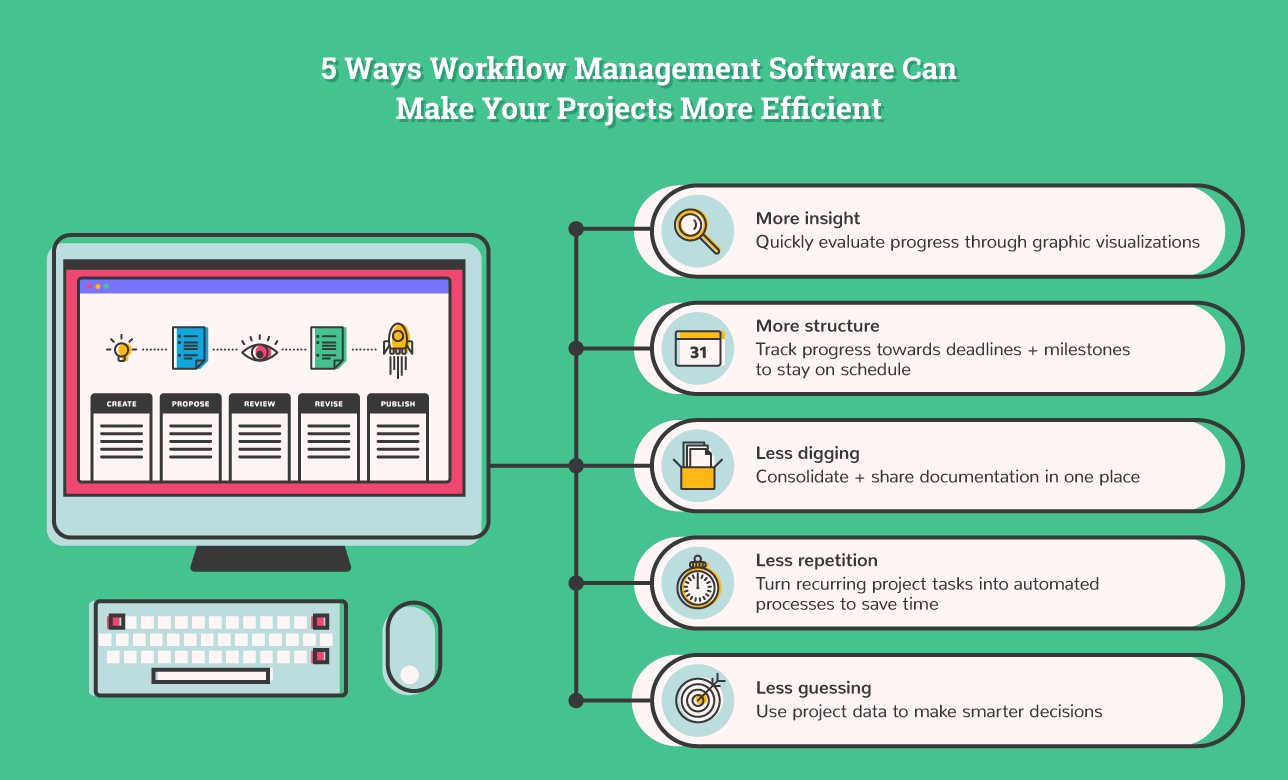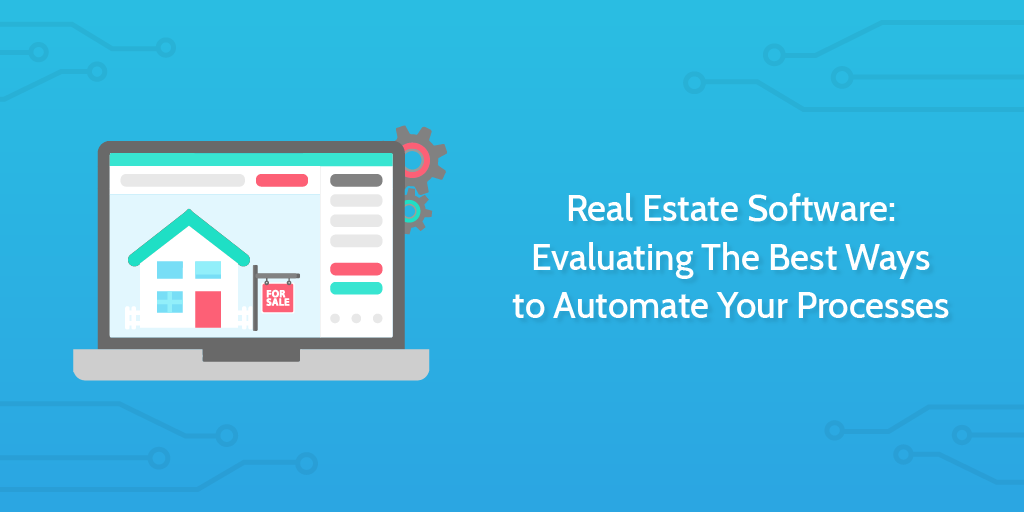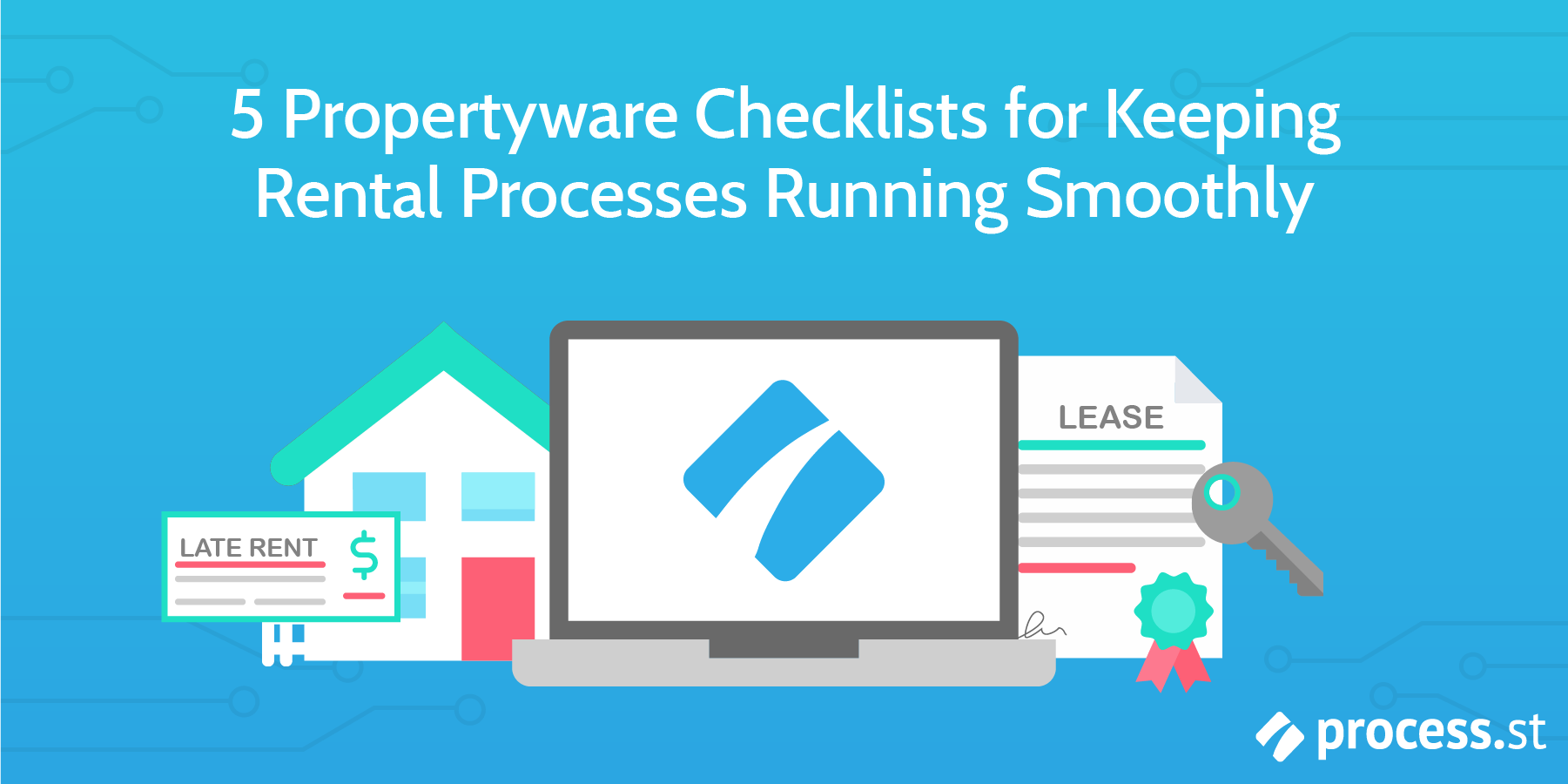
We recently released 5 checklist templates designed specifically to help Appfolio users manage a handful of core property management workflows more effectively.
The following templates are a continuation of our effort to support property managers who are already using a software tool to manage their processes.
This time we’ve customized the templates for Propertyware users, and in the following weeks, we will release another set of templates designed for property managers who use Buildium.
Propertyware, a subsidiary of RealPage, is a cloud-based, end-to-end property management platform that helps you manage the entire renter life-cycle, from online payment processing to customer portals and work order management tools.
Based in San Francisco, California, Propertyware is one of the oldest full-service property management platforms out there, and has built a loyal customer base of over 2,000 companies.
If you are one of those companies, we hope you will find these checklists useful and integrate them to improve productivity and overall business performance.






